‘I don’t want to seem unromantic,’ said Mrs Oakley as St Valentine’s Day approached, ‘but this year please don’t buy another of those Monet cards you seem to find appropriate for all occasions from birthdays to anniversaries.’ And there was me thinking I had cleverly avoided slush and over-commercialism all these years. Behaviour patterns creep up without you noticing and the same is true in racing. For too long we have been enduring small fields, especially in steeplechases, still to me the most exciting of all the spectacles racing has to offer.
Ascot recently celebrated its 50 years of jump racing with a racecard that included three chases. One had attracted six runners, one had five and the other four. None offered the minimum eight runners required for the each-way betting on the first, second and third beloved of British punters. It was a similar story at Wincanton. Two chases there fielded six contestants, the other had seven. These were not low-grade midweek ‘keep the betting shops open’ contests attended by only three men and their dogs. These were part-televised Saturday fixtures with respectable prize money. Constantly now racecourses are being forced to reopen race entries after closing in their desperation to attract respectable fields.
Paul Bittar began confronting what he calls ‘possibly racing’s biggest issue’ in his recently ended term as chief executive of the British Horseracing Authority. The BHA is currently researching its way towards a realistic programme that will restrict the number of races per fixture and use bookmakers’ voluntary contributions to create races (like decently funded veterans chases) likely to attract better fields. They are looking at entry and non-runner issues. But Bittar told me at a Cheltenham racing evening that the average field size has contracted by two horses per race in recent years and that, while syndicates have technically increased the overall number of racehorse owners, the number of those with between two and 20 horses is also significantly down. Crucially, Paul Bittar warns that the number of races run with small fields is a threat to racing’s integrity, increasing the risk of attempted fixing or manipulation.
The problem is that, urged on by bookmakers anxious to boost turnover, for many years the authorities merrily increased the number of race fixtures to maximise income. There are now 650 more race meetings than there were in 2008. That would be fine apart from one thing: there are now 1,600 fewer horses in training than there were in 2008. An improving economy has not encouraged many more people to own horses or persuaded others to increase their number in training. Next winter the authorities are to cut the number of chases by more than 100 but, as a wizened old election agent once declared of the 8,000 majority to be defended by a seat-shifting MP distinctly lacking in doorstep skills, ‘that will nae be enough’. Nor is it as easy as it sounds for the authorities merely to slash the number of fixtures, an action that might bring legal as well as other challenges from interested parties.
Small fields don’t necessarily provide poor spectacles. Surprisingly often they can still produce intriguing tests of jockeyship and exciting finishes. But they do lack the colour, variety and impact of a larger contest. They do not encourage waverers scanning the morning paper and contemplating heading for Newbury, Sandown or Haydock to jump in the car and head off to the races and they certainly decrease betting volumes. That is bad for the bookmakers feeding racing’s finance streams. It is bad for the owners who keep the show on the road and bad for the many trainers and jockeys who are struggling to make a living. The Racehorse Owners Association is clear: ‘The continuing decline in field sizes is damaging the popularity of racing.’
There is a range of factors that can affect field sizes. After Alan King had collected a decent prize at Kempton one day with a horse he hadn’t originally planned to enter, he told us it was too simplistic to blame trainers for not running their horses enough. Most owners and trainers don’t want their charges standing in a stable munching tenners, they would rather have them out helping to earn their keep. But that said, he pointed out, there is more summer jumping now, and horses cannot be kept on the go all year. It has been a kind winter with few fixtures frosted off so trainers are not desperately looking for a race opportunity. But with the Cheltenham Festival approaching I suspect that there is one more factor: Cheltenham has become so dominant on the jumping scene that any owner with a half-decent horse wants it lightly raced in preparation for the March festival and doesn’t want its engine overtested in regular outings on heavy ground through the worst of the winter.
Until we have an increase in the numbers of jumpers, particularly the chasers, being sent into training the problem of those small fields is likely to continue.
Got something to add? Join the discussion and comment below.
Get 10 issues for just $10
Subscribe to The Spectator Australia today for the next 10 magazine issues, plus full online access, for just $10.

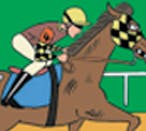
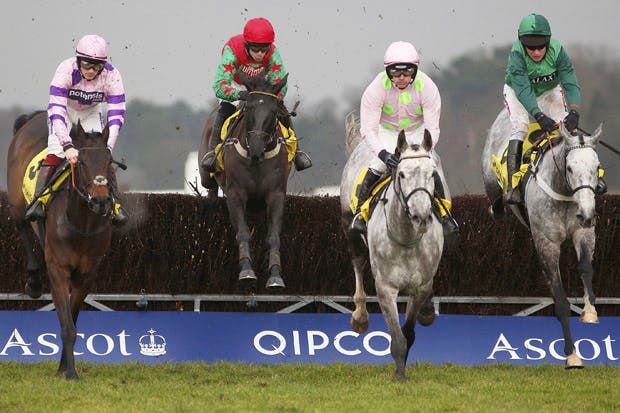
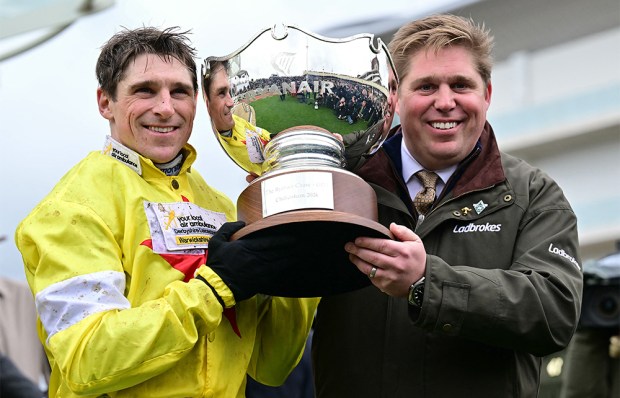
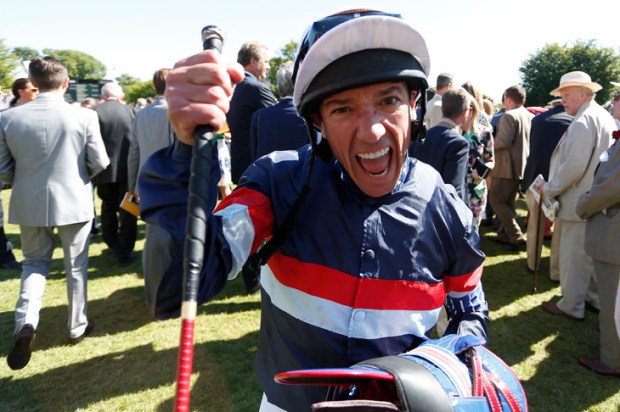
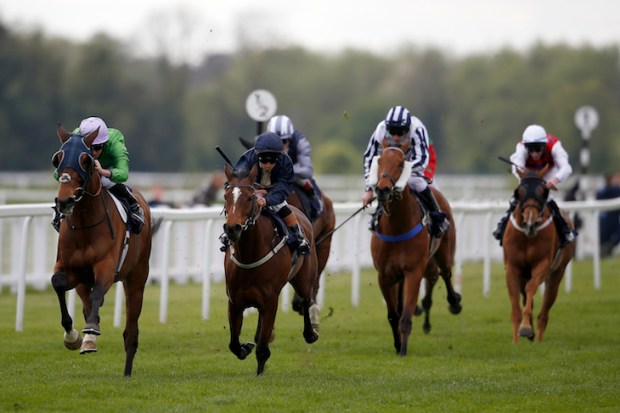
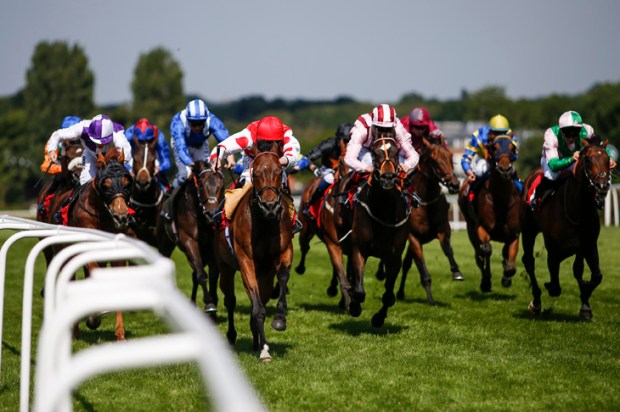
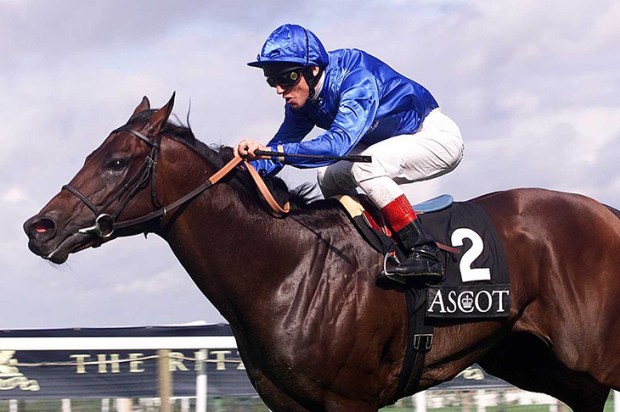
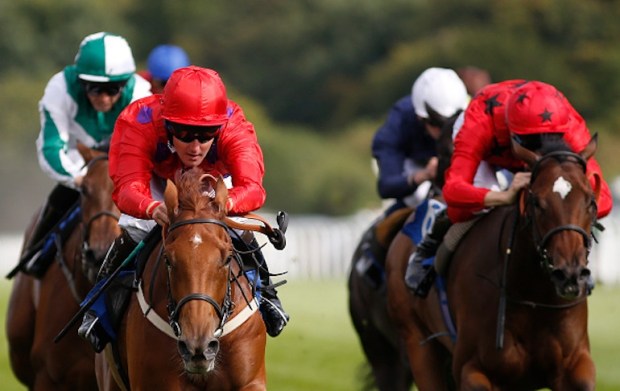






Comments
Don't miss out
Join the conversation with other Spectator Australia readers. Subscribe to leave a comment.
SUBSCRIBEAlready a subscriber? Log in